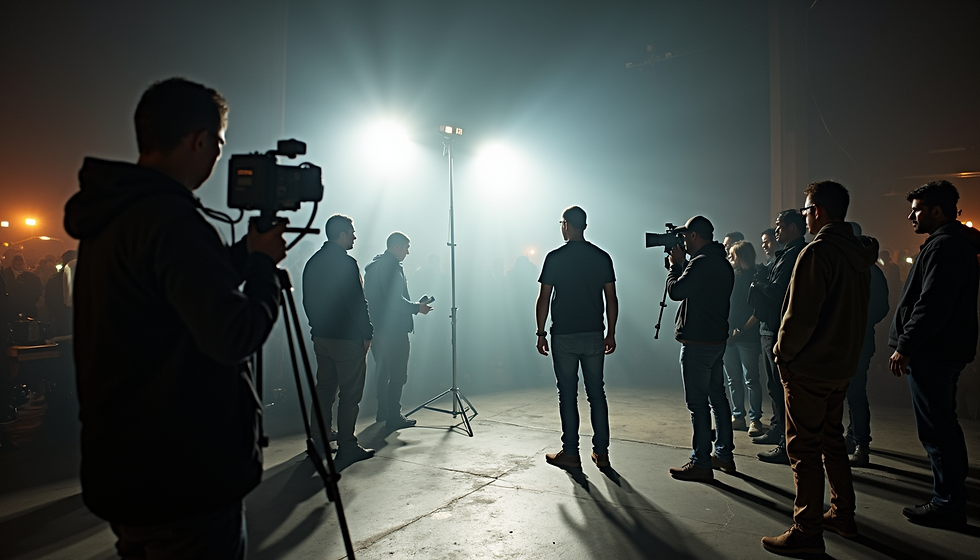Color grading on human psychology
- Adam Tran
- Jan 22
- 2 min read
Color grading can have a significant impact on human psychology because colors are strongly tied to emotions and mental states. In visual media, such as films, advertisements, or even social media, color grading is a powerful tool for influencing how viewers feel or react to a scene. Here are some of the key ways that color grading affects psychology:
1. Mood and Emotion
Warm Colors (reds, oranges, yellows): These tend to evoke feelings of warmth, excitement, passion, or even aggression. A scene with heavy use of warm tones might make viewers feel more energetic, happy, or anxious, depending on the context.
Cool Colors (blues, greens, purples): These colors are often associated with calmness, sadness, tranquility, or melancholy. A cool-toned color grade can make a scene feel more somber, peaceful, or even eerie.
Desaturated or Muted Colors: A lack of vibrant colors can create a sense of dullness or bleakness, which might evoke feelings of depression or isolation. Often used in post-apocalyptic settings or to suggest emotional detachment.
2. Cultural and Symbolic Associations
Colors carry different meanings in different cultures, and these associations can deeply influence emotional responses. For example:
In many cultures, red symbolizes danger, love, or power, while in others, it might be associated with luck or prosperity.
Green might be calming or signify nature in some contexts, but in others, it can represent envy or sickness.
Filmmakers and designers use these meanings deliberately to convey a certain message or emotional undertone.
3. Intensity and Contrast
High contrast or intense color grading can generate feelings of tension, drama, or conflict, while softer contrasts can feel more gentle and relaxing.
The balance of light and dark areas in an image (like shadows versus highlights) can influence how a viewer interprets the space, mood, and even narrative of a scene.
4. Time of Day and Atmosphere
Color grading can also help depict the time of day or the emotional tone of a scene. For instance, a warm golden tone might suggest sunrise or sunset, creating a nostalgic or romantic atmosphere, while cool blue tones could imply night or coldness, adding mystery or suspense.
5. Psychological Associations with Light and Dark
Bright, well-lit scenes tend to feel positive and uplifting, whereas dark, shadowed scenes can create feelings of fear, uncertainty, or sadness.
Using light effectively in color grading can guide the viewer's focus, highlighting specific emotions or actions within the scene.

Overall, color grading can subtly manipulate how we process emotions and interpret the story, often without us even realizing it. It's a tool that shapes our experience by tapping into deep-rooted psychological reactions to colors.



Comments